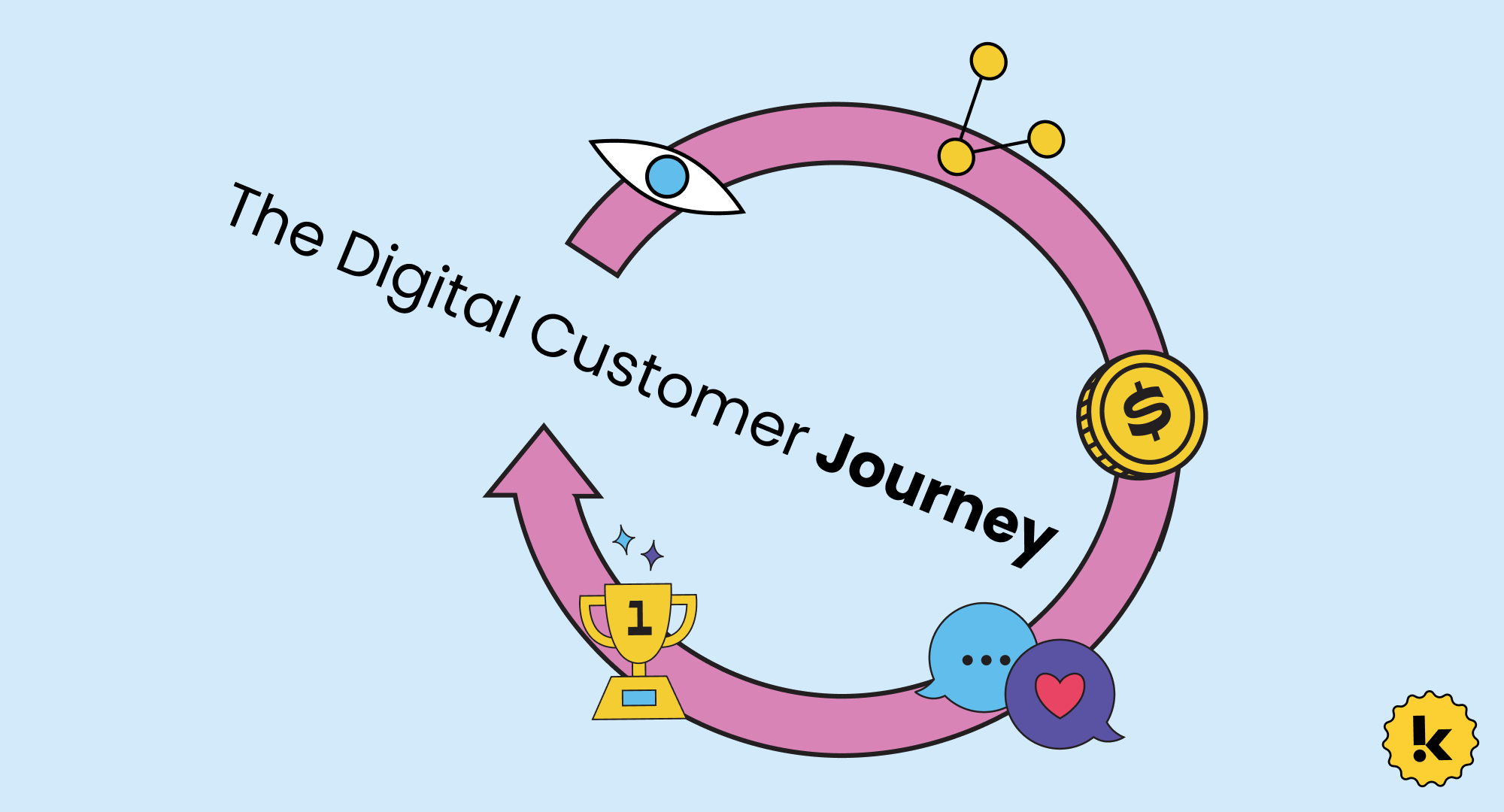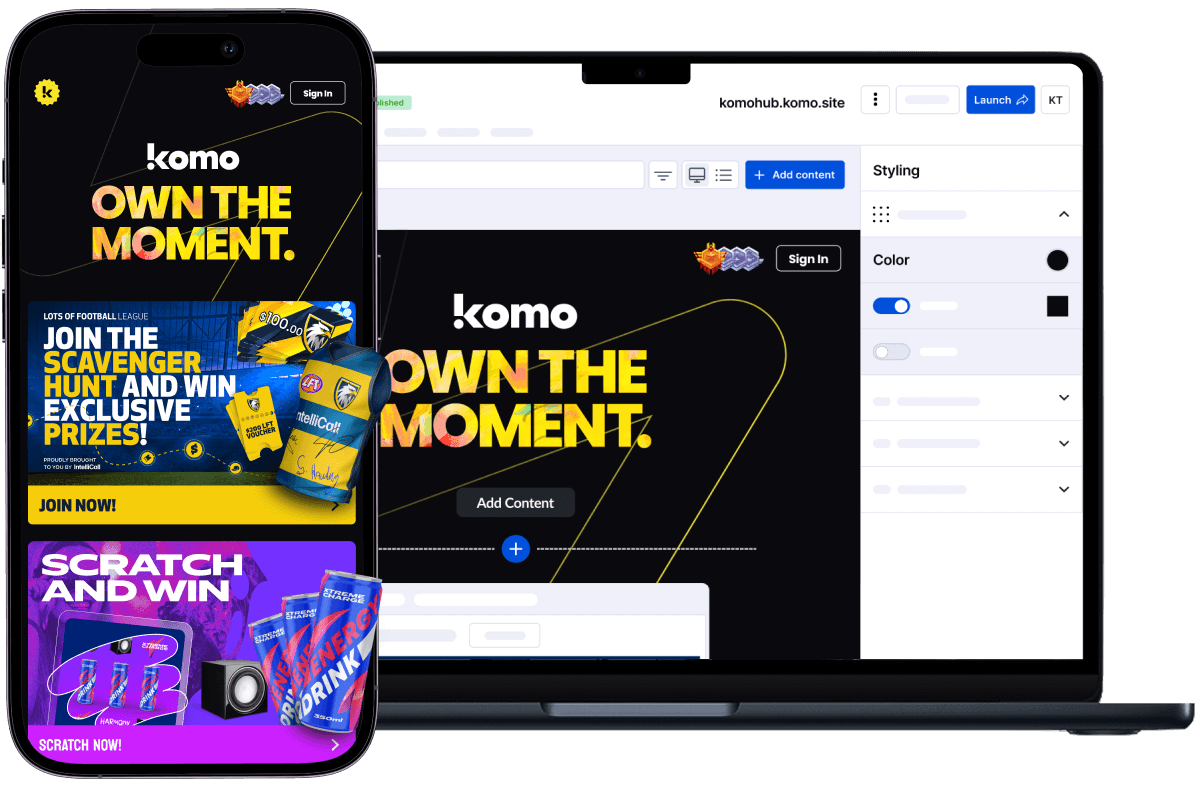We’ve all heard the old marketing adage ‘content is king’. For some, that may still hold true despite the many pivotal changes to the marketing industry brought about by the advent of digital.
However, nowadays a business’ content strategy has to go above and beyond the traditional and well-established methodologies of digital marketing. Static content in the form of mediums such as social media posts, e-books, and infographics may not cut through the noise with online clutter at an all-time high. So, how can brands find a way to bypass this?
Enter interactive content.
Interactive content is a medium that encourages and allows for participation from the viewer. The capabilities of today’s developers and interactive content softwares makes it possible for the kinds of interactive content that a brand can publish endless. Though interactive content may require higher investment than static content, they serve a number of business and marketing purposes. B2B interactive content is increasingly becoming a norm, with as much as 62% of B2B marketers already using this type of content.
The importance of Interactive content
1.Experiential and Engaging
The dynamic and participative nature of interactive content allows for active engagement and enhances the user experience on your platform or website. This ultimately increases engagement rate metrics by creating memorable brand experiences which are crucial from a marketing standpoint, allowing brands to stand out from the clutter in the online space and building top-of-mind brand awareness.
2.Data and Lead Generation
Perhaps the biggest benefit of interactive content comes from the ability to capture data in the form of customer insights or first-party data. Data and insights can be used to build a mailing list of qualified leads: customers who are interested enough in your content to provide their information or want to hear back from your brand. Additionally, data and insights can be used to identify preferences of your target audience, allowing you to improve current marketing strategies and further personalise your brand’s content.
How to make content interactive
Essentially, interactive content has to be functionally designed to allow participation from your audience using dynamic functions and elements. This may require resources to be invested into your brand’s website, but there are a wide range of interactive content platforms and services available for brands to use. Additionally, social media functions such as likes, reactions, and comments can also be used for interactive content.
Examples of Interactive Content
Here are 7 different types of interactive content that can help your brand stand out.
1. Calculators
Calculators are a common form of interactive content especially in B2B spaces. These are used to provide useful quantifiable information quickly. These can be helpful for products and services that have variable pricing or costs, eliminating uncertainty and improving the buyer’s purchase process.
An example of a calculator is Neil Patel’s A/B Testing Calculator for determining the effectiveness of different advertising copies and designs.
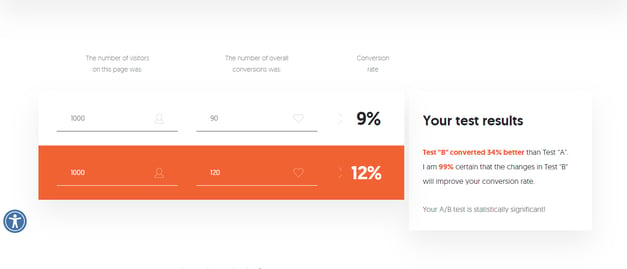
2. Interactive Infographics
While static infographics already service informational needs well, interactive infographics can be used to convey your message better and add additional flair to your content. Animations and other dynamic elements can increase the receptiveness of the infographic’s message, making your content more memorable. Interactive infographics allow for brands to leverage the power of visually appealing content as they are 40 times more likely to be shared on social media.
Here is a fun, simple example of an The Guardian’s interactive infographic on how closely related dog breeds are with each other.
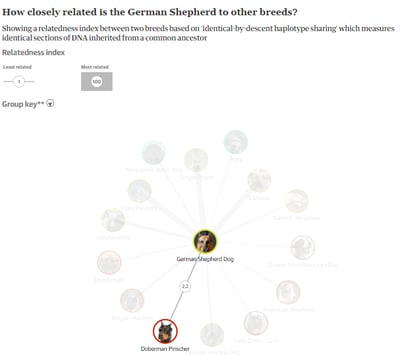
3. Quizzes and Polls
A tried and true path for interactive content is the use of quizzes and polls. Quizzes and polls cover a wide range of uses: from testing your audience’s knowledge on a topic to allowing them to find something out about themselves. Effective quizzes are simple and easy-to-use, which accelerates the customer journey.
Foxtel Media used Komo’s Live Trivia to enhance the viewer experience during the live broadcast of the Bathurst 1000 race to audiences at home. Players competed in a total of 6 trivia games to test their knowledge on topics regarding racing, with the grand prize winner being awarded a chance to meet the band KISS at the Coates Hire Newcastle 500 race.
4. Assessments
Similar to quizzes and polls, assessments allow users to learn about a particular topic in detail. This type of content is best used to provide your audience with easy and quick access to information that may require a lot of research, thus satisfying in-depth informational needs. Assessments can also be used to facilitate complex B2B sales processes.
The 16 Personalities test allows users to find out their personality types by answering over 100 questions. Though that may sound too rigorous to complete, the value of the results and time saved from research greatly outweighs the inconvenience of completing the questions.
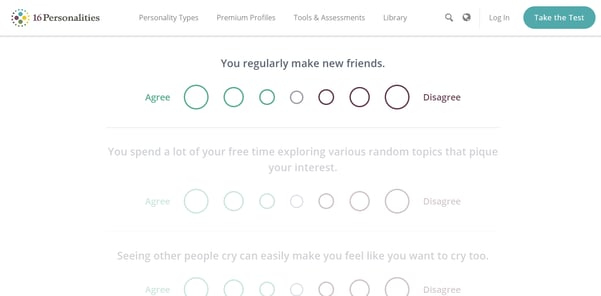
5. Data visualisations
Another type of interactive content that can save users a lot of research time are data visualisations. Data visualisations are used to condense large, complicated datasets into easily understandable insights. Effective use of dynamic elements, animations, and colors can dramatically increase the receptiveness of information presented.
A well-known example of data visualisation is Selfiecity, which analyses how people take selfies around the world.
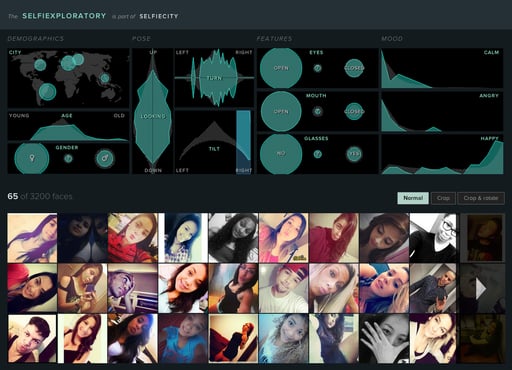
6. Contest
A relic from the era of pre-digital age marketing, contests can also be used to create engaging experiences for customers. B2B marketers can take a page out of the B2C marketing playbook and implement contests into their marketing strategies to incentivise certain behaviours.
Hootsuite, a social media management platform, recently launched their B2B contest ‘The Very Big Social Media Makeover For Small Businesses’ which allows small businesses to win a chance to overhaul their social media with thousands of dollars worth of prizes.
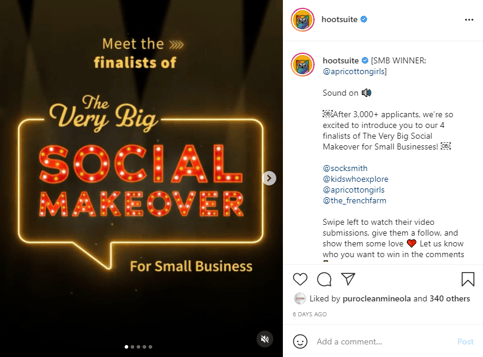
7. Minigames
Minigames on your website are a great way to generate engagement through interactive experiences. While minigames create a fun experience with your brand, they can also be used as a way to better inform your audience on your product features and fulfil other educational needs.
The parking reservation app JustPark innovatively uses a minigame to test players’ reaction time in making an emergency stop.

Boost your brand’s engagement rates with Komo’s interactive content tools.
Our digital engagement tools arm brands with the instruments needed to build their own interactive content and enhance their customers’ digital experiences. Komo’s Live Trivia function allows millions of players to play off against each other in a game of skill and knowledge, simultaneously collecting valuable first-party data and insights for brands to understand their community to the fullest extent, arming them with the capabilities to better serve their customers.
Book a demo to find out how you can use Komo’s engagement tools to leverage the power of interactive content!
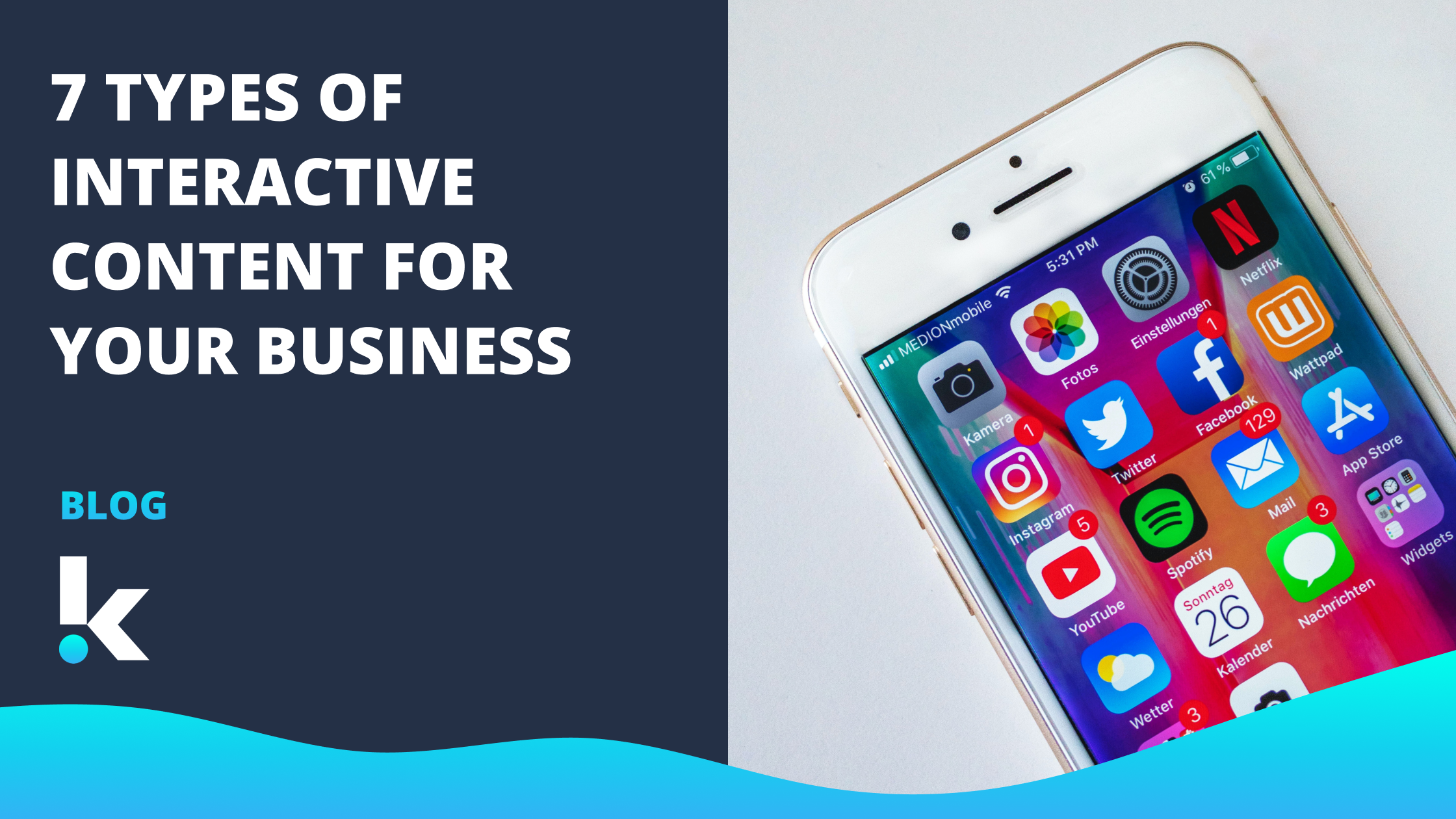
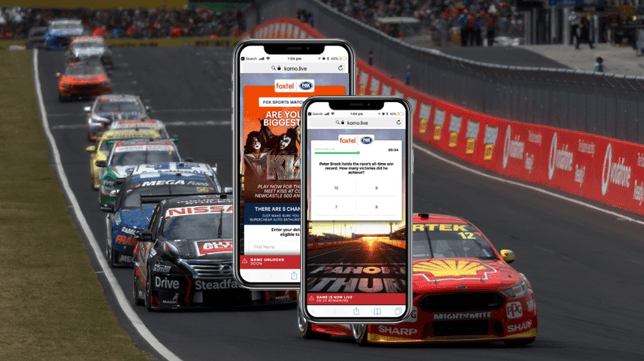
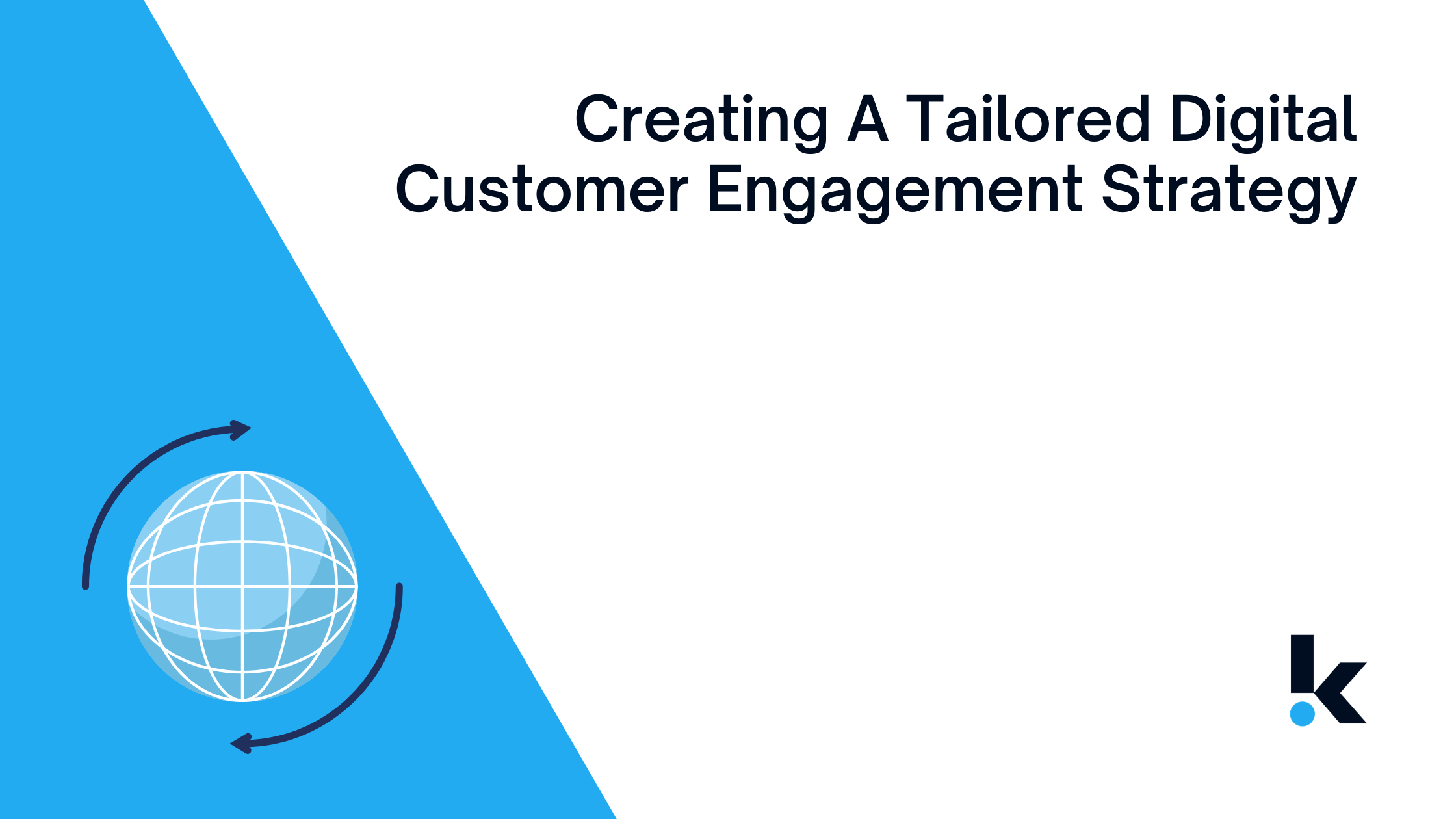
.png)
